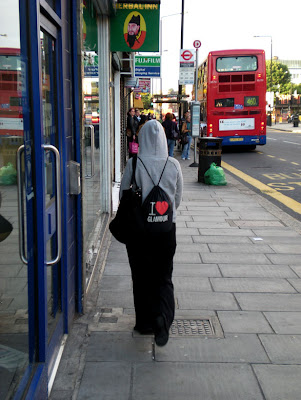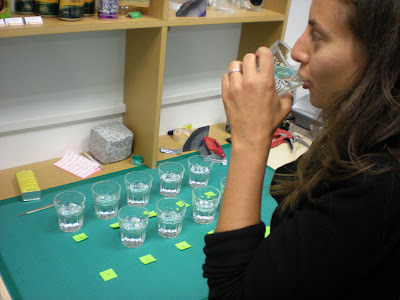It's often difficult to describe the role of a brand designer. Consultancies are often given a hard time especially in the case of a public branding project (just look at the 2012 fiasco). People perceive a new logo as the culmination or even the sole result of a branding project and any associated cost is hung controversially on said logo.
For example, Wolff Olins' fee for 2012 is quoted as £400,000, which for the months of work for a medium-sized agency seem very reasonable. However, the media simplifies the project and arrives at the outrageous headline "£400,000 for a logo"
Cue, anger by the average man on the street, my kid could've done that for £400,000.
Branding of course is so much more than just a logo, in fact, the logo often comes as the finishing touch to a great deal of stategic thinking, business and market analysis, planning etc.
There are a host of cheap 'we'll-make-a-logo-for-you' websites eg
these companies miss the point of branding completely (not to mention design!). The only way you can create a brand for a company is if you know some background information about them, their competitors, their future plans etc. Making a logo without creating the context in which it will live is pointless.
The logo is like the numberplate on a car, it's identification but it isn't the substance. If you want to update your car you need to do more than change the numberplate. You need to look under the bonnet, re-think the form and shape of the car, it's paint job, interior and everything else that goes with it.
One thing that is sometimes difficult to explain to people is the concept of a 'look & feel'. The look and feel (in my opinion), is everything visual or experiential about a brand aside from the logo. So colour, typography, supporting graphic elements, the movement and sound of the brand, the 3D design (environments) even tone of voice.
The best brands can be summed up by their look and feel alone with no need to show their logo. This explains the need for things like audio signatures (think Intel or Nokia), strong environmental design (you certainly know when you're in Apple Store and not because of the logo).
Here's a couple of colour and typography studies I created for a talk recently that sum up the look and feel of a brand without the use of a logo.














